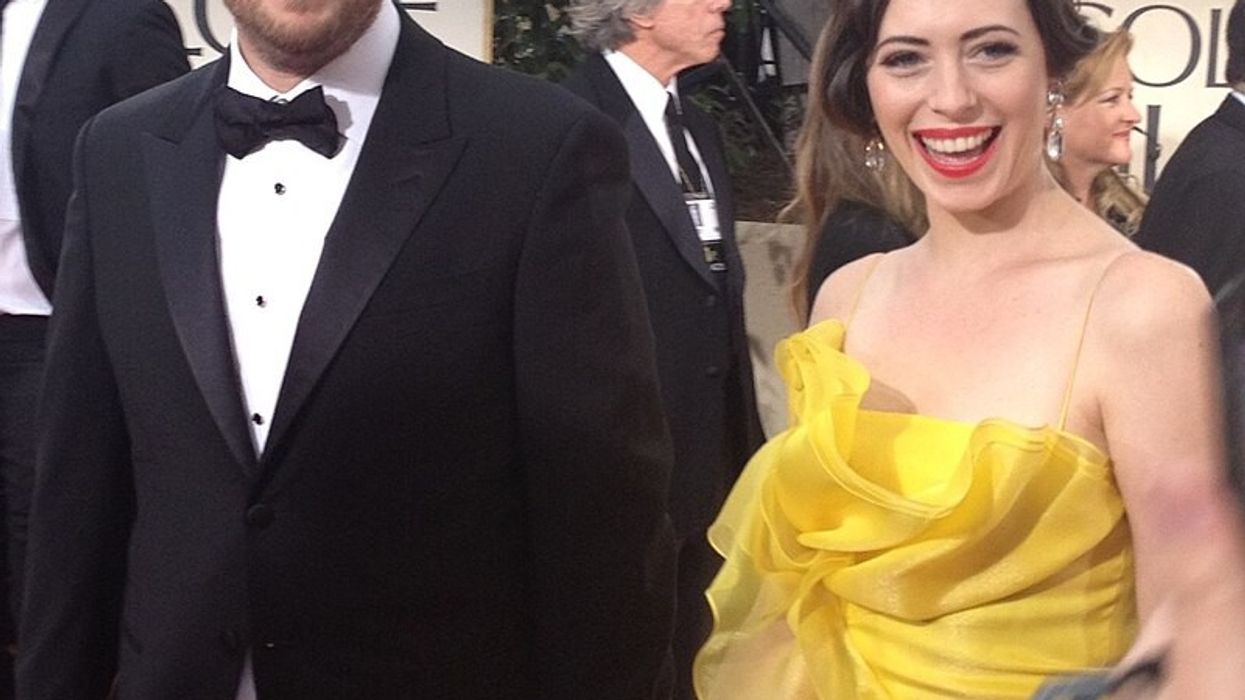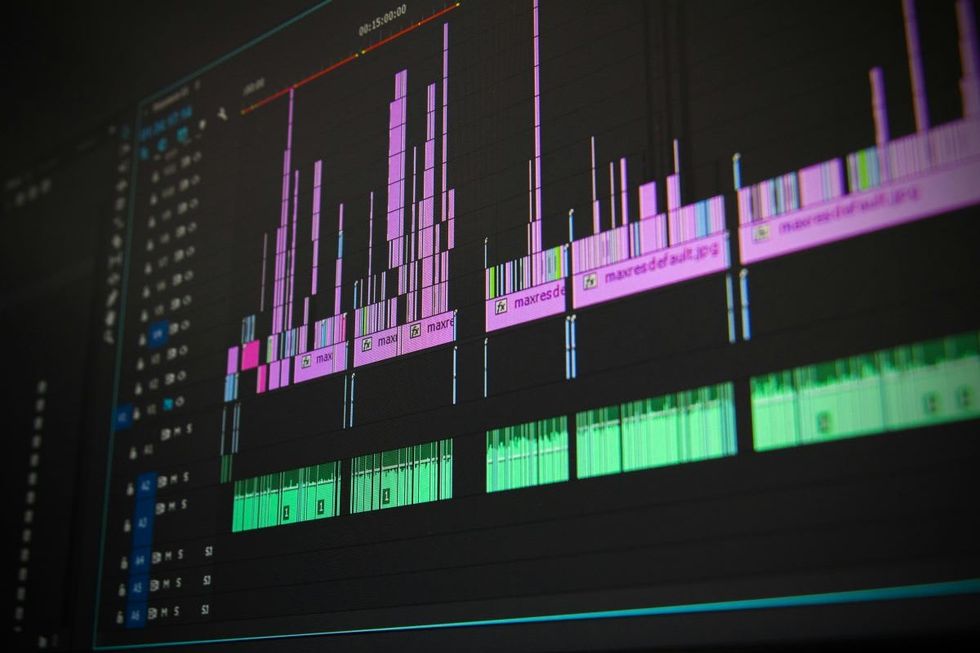Black holes are the universe’s ultimate mystery box—nothing gets out, and no one really knows what’s inside. But now, a group of scientists may have just pulled off something incredible: they built a black hole replica right here on Earth.
And not just for fun. This experiment could help explain one of the biggest cosmic puzzles of our time—Hawking radiation, the theory that black holes slowly lose energy by giving off faint particles at their edges.
"They glow faintly, and the smaller they are, the hotter they become."
— Science Alert
It’s a mind-bending idea that’s never been observed in space. But, according to Science Alert, this team might’ve just spotted something that acts a whole lot like it—by lining up a bunch of supercold atoms in a straight line.
Some interesting physics news: a laboratory black hole started to glow... Perhaps supporting theory of Hawking radiation.https://t.co/N8bQHJnkAu
— Matthew Bells (@mbellsca) November 17, 2022
They didn’t need a telescope—just a brilliant idea and a chain of atoms
The experiment, led by physicist Lotte Mertens at the University of Amsterdam, sounds like science fiction. The team created an “event horizon”—the invisible boundary of a black hole—using a simple atomic chain. When electrons reached that edge, something strange happened: the system heated up.
That heat matched what scientists would expect if Hawking radiation were real.
"A temperature rise that matched theoretical expectations."
— Science Alert
And here's the really weird part: the effect only happened when part of the atomic chain extended past the event horizon. That means this wasn’t just a glitch—it was acting like a black hole would.
This could help solve one of the biggest mysteries in physics
Black holes are the place where two major theories—Einstein’s gravity and quantum mechanics—collide. And they don’t exactly get along. Studying what happens at a black hole’s edge could be the key to finally understanding how our universe works at its deepest level.
But since real black holes are far away and incredibly quiet, spotting Hawking radiation in the wild is almost impossible. That’s why building a mini version in a lab is such a big deal.
"They created a kind of event horizon."
— Science Alert
The experiment even hinted that particle entanglement—one of the strangest phenomena in quantum physics—might be involved in creating Hawking radiation. If that’s true, it could mean we’re closer than ever to cracking the code behind quantum gravity.
A breakthrough that could spark a wave of discovery
Sure, this isn’t an actual black hole. But it’s the closest thing we’ve got to a safe, testable version—and it opens the door for a whole new era of research.
The best part? The setup is simple enough that other labs can run similar experiments. That means more tests, more data, and more opportunities to explore the mysteries of space without leaving Earth.
"It may be used in a variety of experimental setups."
— University of Amsterdam researchers
The researchers summed it up best:
“This can open a venue for exploring fundamental quantum-mechanical aspects alongside gravity and curved spacetimes in various condensed matter settings.”
In other words, we just got a brand-new tool to poke at the universe’s biggest questions—and that’s pretty incredible.












 This represents the key to the perfect flow statePhoto by
This represents the key to the perfect flow statePhoto by 






 Representative Image Source: Unsplash | Pawel Czerwinski
Representative Image Source: Unsplash | Pawel Czerwinski 
 Representative Image Source: Pexels | Pixabay
Representative Image Source: Pexels | Pixabay 






